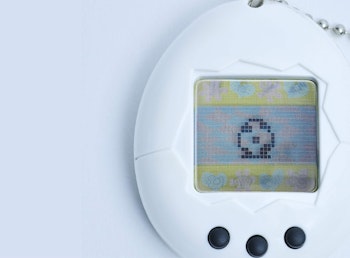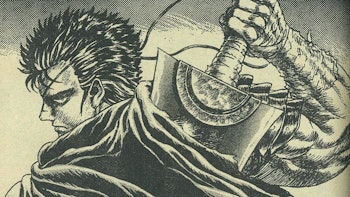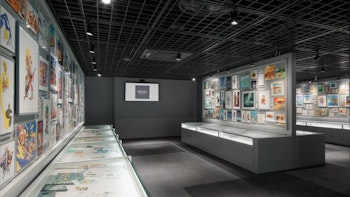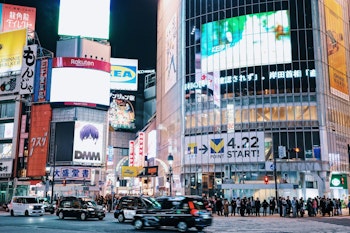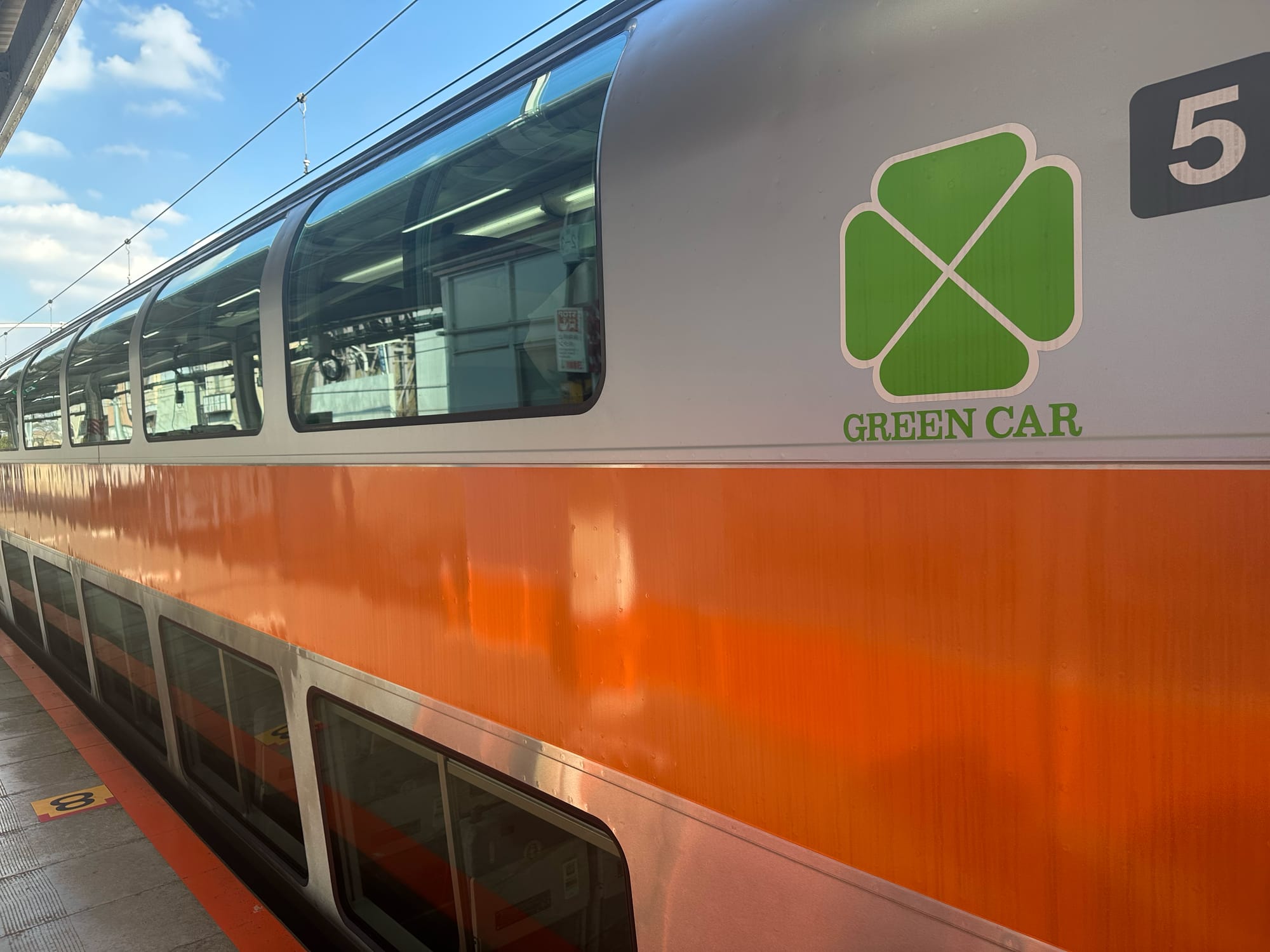
Some of the least comfortable Tokyo experiences of my life have taken place on the Chuo Line. The orange-colored trains — starting out at Tokyo Station and heading to the western outskirts of the capital — tend to be the most crowded amongst the city’s numerous transit options. During the morning rush or after-work hours, the cars can be smooshed together super tight, making for a miserable trip prompting thoughts about what a bike commute would look like. Sometimes this even happens at seemingly random afternoon rides. Not as bad as the Yamanote Line at its claustrophobic worst, but still an experience I usually want to avoid.
Now comes an effort to make the Chuo experience a little more comfy. JR East added double-decker “Green Cars” to the line starting from late fall 2024. The company plans to start charging for the seats — no worries about having to stand up for an hour-plus or being squished against a door during rush hour — in March. Until then, though, they are free for anyone to use.
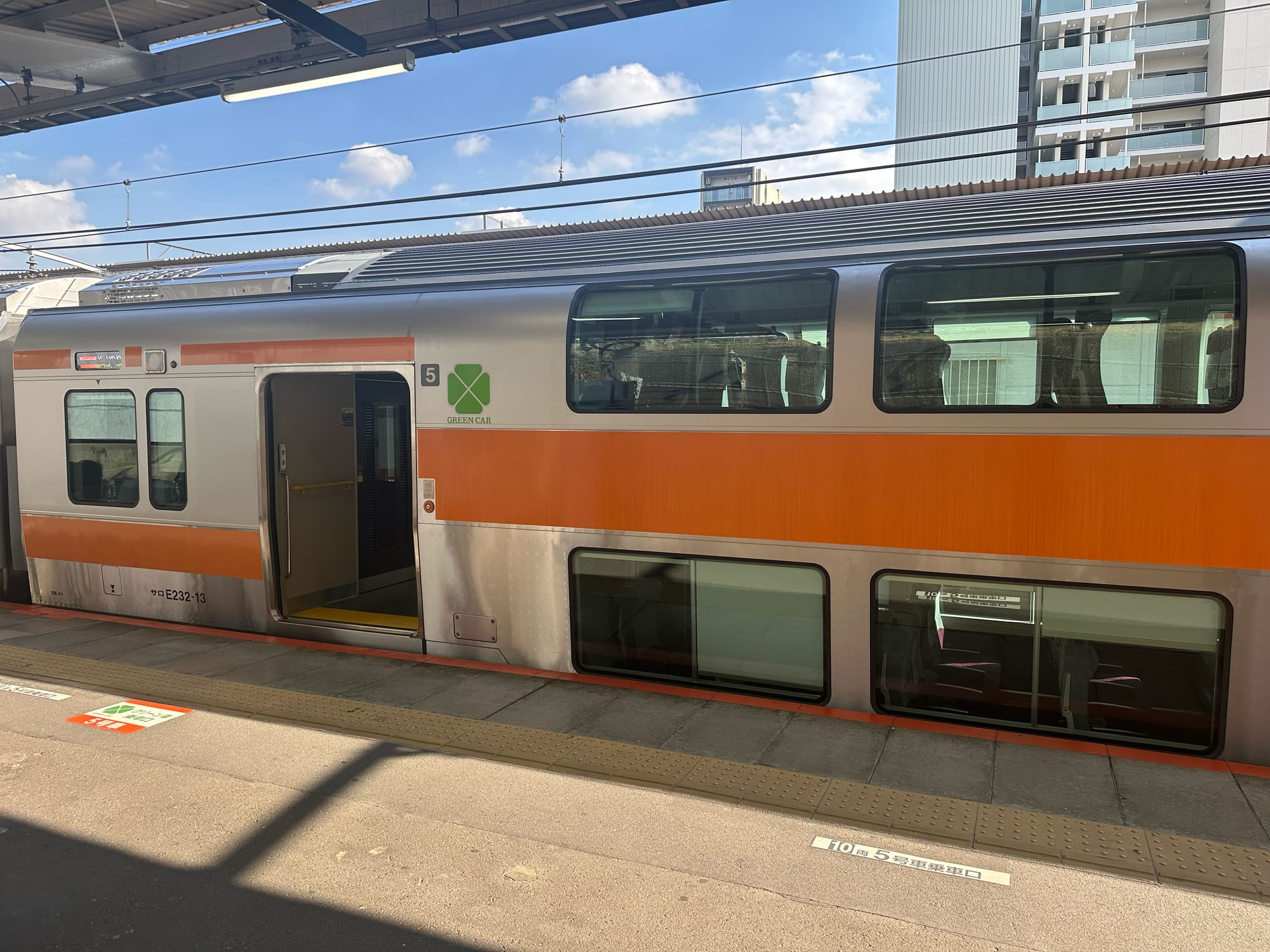
It’s a huge development for anyone living along the Chuo line, which runs from Tokyo Station out west, going as far as Takao Station and beyond, into Yamanashi Prefecture. Over the last month, I’ve become fascinated with riding the new Chuo Green Cars, and have managed to luck into spots at various times, while also planning longer excursions heading out to the capital’s outskirts. Some of my rides last about seven minutes. Others, over an hour and a half. Whatever the length, it gave me a new perspective on a train I’ve often come to dread.
Boarding
The Green Cars, in my experience, have been placed at cars four and five, though now all Chuo Line platforms point this out with signs on the ground noting where one should board to get on this slice of accessible luxury. Location, though, isn’t the only key to grabbing a seat during this free trial period.
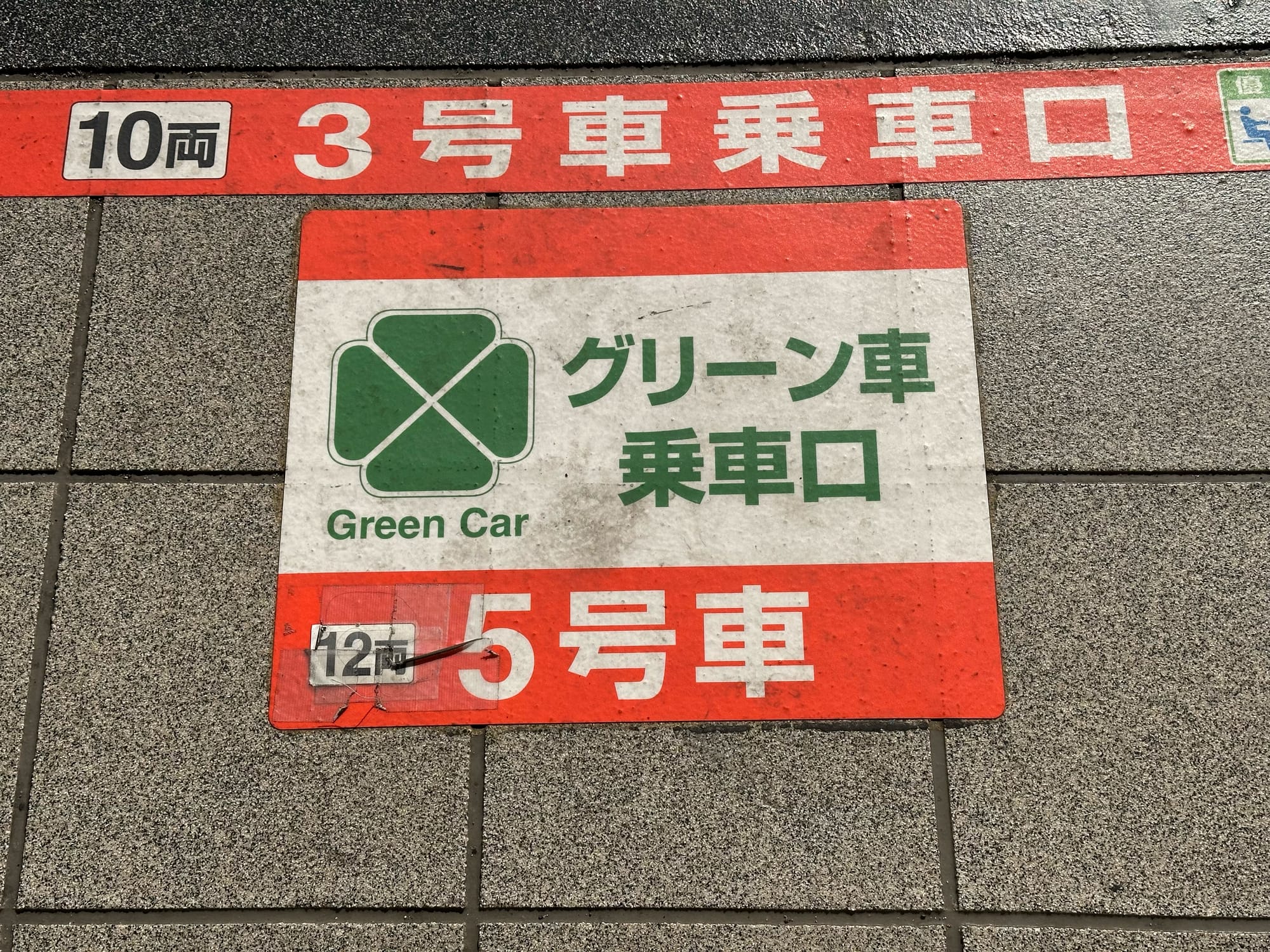
In the mornings and at night, it’s basically impossible to get a Green Car seat unless you find yourself at one of the terminus stations. Some stops see a large exodus of riders, raising one’s chances of nabbing somewhere to sit, including Shinjuku and Nakano, but you’ll also be pushing through a lot of folks during peak hours. At the moment, don’t bank on the Green Cars if you have to commute into the city (though heading the opposite way in the AM might be the best way to secure a spot over the next month…very few riders are heading out to, like, Ome before noon). Also, weekends complicate everything.
Instead, aim for the middle of a weekday to guarantee a seat. Heading westward, you are almost guaranteed to get a seat even if starting from somewhere like the always-buzzing Kichijoji. Towards Tokyo Station can be a bit tougher, but I’ve found that it empties out at Shinjuku, allowing for a brief but relaxing ride.
Onboard
Go up or down — or choose one of the smaller transitional rooms connecting cabins — to enter the seating area. The rows most closely resemble the above-average seating arrangements you’d find on special limited-express trains such as the Azusa Express Train, which partially uses the Chuo track. The seats themselves are a little snugger than you might expect, at least for my American frame (uhhhh, yeah that’s it), though if nobody sits next to you, lifting up the arm rest makes it feel really nice. Like most quality-elevated trains in Japan, the chairs can also be turned around to face one another if you are with a bigger group. And…they recline.
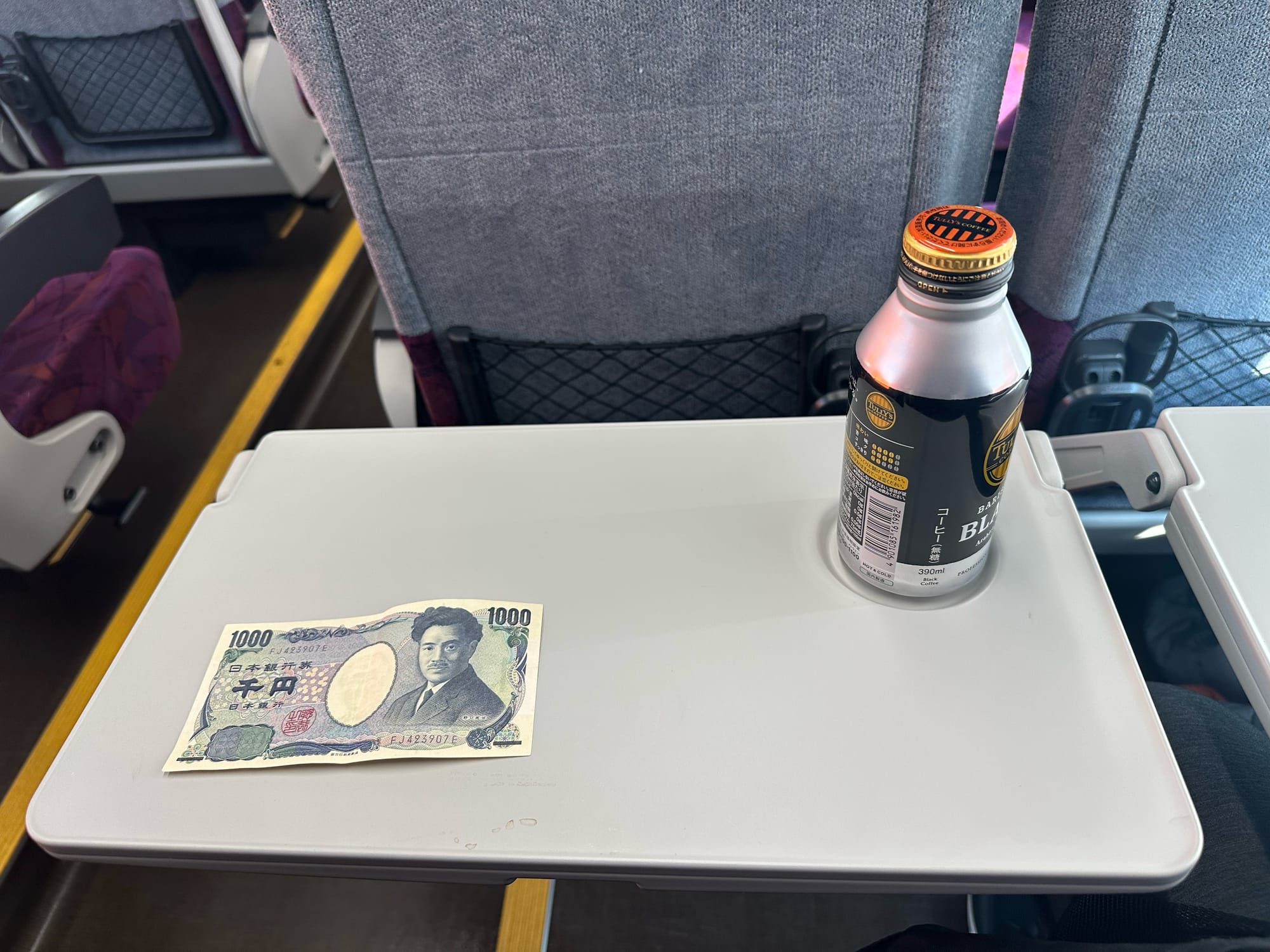
Every seat comes equipped with a pull-down tray, complete with space for drink. There’s a net in front of you to store items and — most clutch of all — power outlets in every chair, making this an ideal spot to charge your phone or plug in a laptop to get some work done.
There’s also a bathroom in the Green Car, though the times I rode it didn’t seem to be open. Perhaps that’s being saved for the pay-to-sit era.
The Riding Experience
Owing to my desire to be the best possible train reviewer I can, I experienced the Chuo Green Line in two modes — a “relaxed” one and a work-centric one. For the latter, I went as far west as I could on a lazy Tuesday, heading out to uneventful Toyoda Station from Nakano…and simply turning back. In total, my trip probably took just over an hour.
As a mobile office, the Chuo Green Car works wonders. The desk is big enough to hold a MacBook Air. More importantly, the chair-based power outlet erases any worries about your device running out of power. As long as you don’t jerk your leg suddenly towards it, the cord will stay in and keep you going to your destination. Maybe it’s just me, but I also found I could focus really well on the Chuo Green Car. I finished about 70 percent of a different scrmbl article while riding (this one, if you want a peak behind the curtain).
I imagine most, though, will simply be looking to chill out a bit if they opt for a seat. I embraced this mindset going from Shinjuku to Tokyo Station, and again came away enjoying the experience. The highlight from this version of the ride was being able to properly take in the city. I’m sure there’s plenty of suburban beauty to take in while heading westward to Takao Station, but the views of the metropolis were great, zooming by rivers and Tokyo Dome City and the business heart surrounding the train’s final destination.
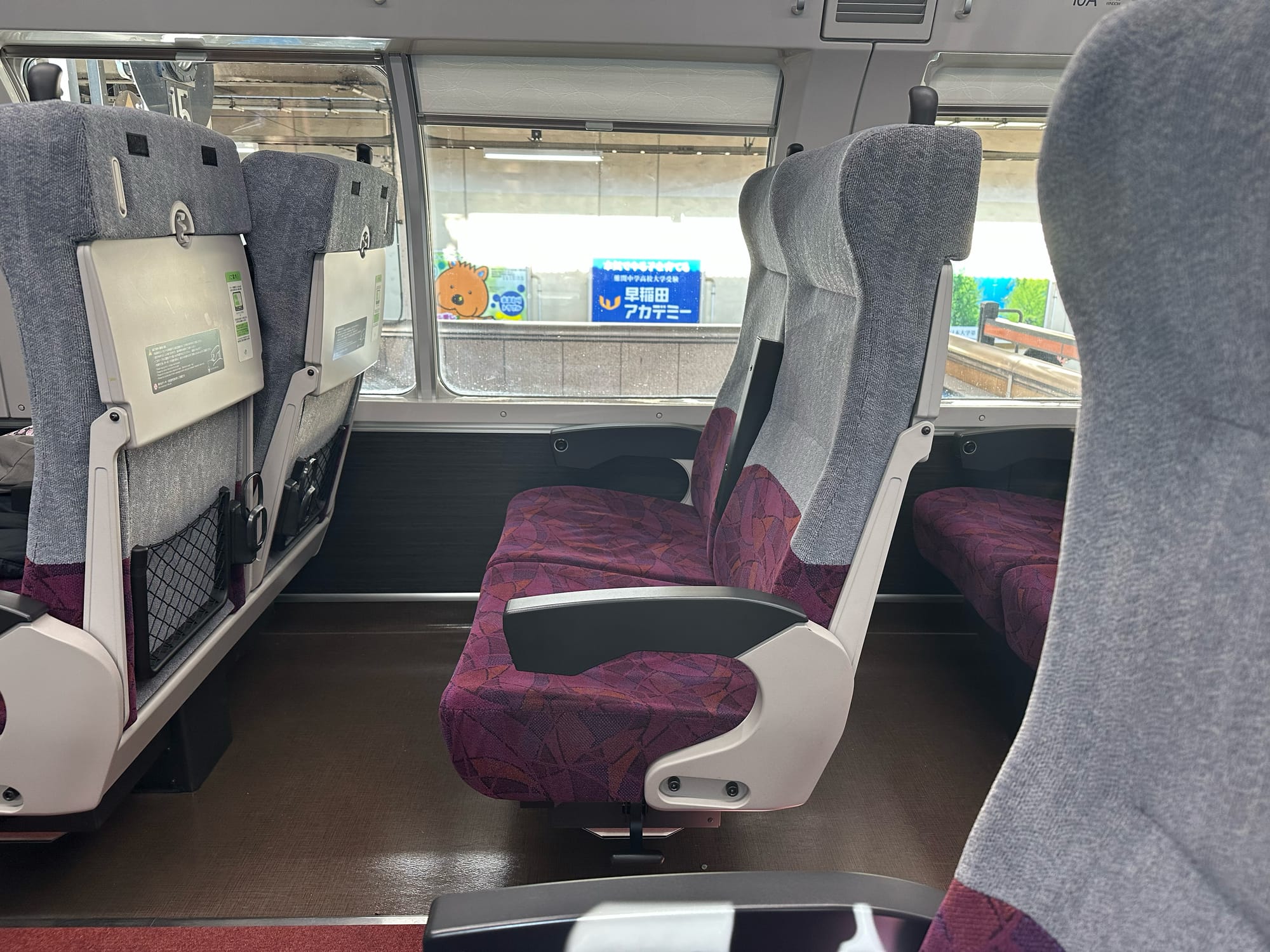
That’s something often lost during regular commutes, especially on the Chuo Line. It can get so crowded, busy and stressful on these trains you don’t really look out the window and appreciate Tokyo proper. When being pressed up against another person, one is more likely to think “should I become a pumpkin farmer in Ibaraki Prefecture?” Having the chance to sit back and stare out a window, though, reminded me of everything I love about the city. That’s all thanks to the chair giving me a private space to relax.
Drawbacks
Owing to the current free nature of the Chuo Line Green Car, these areas can get quite crowded…and there’s no staff preventing people from just standing in the aisles. Obviously no biggie when it becomes paid, but for now the cars can sometimes feel claustrophobic during certain times. Worse still is when you have to exit. If you need to get off before a major station, you might have to push through a line of people, which is an uncomfortable experience, especially if you are holding a bag.
It also adds some slight aggravation to the other notable negative of this — having to navigate stairs. If nobody is around, probably not a big deal. Lots of riders, though, simply stand on the stairs as the train is going, making efforts to get off extra tough at the moment. Consider getting ready to disembark a little early if you try this over the next month.
Will It Be Worth It?
If you can ride the Chuo Line Green Car during this final stretch of this free period, it’s totally worth it, especially if you are heading to Tokyo Station and want a quick breather. What happens, though, when an additional cost becomes required to enjoy it?
The short trips would definitely not be worth it — being reminded of why you choose to live where you do is valuable, but you can get the same feeling by walking around and save your money for a drink. I definitely see it as being worth the cost for further trips. Anyone who has to commute into and out of Tokyo from the westside should absolutely start prepping a Green Car fund, as it will make your days so much easier. Seeing as how heading that way makes life all around more affordable, splurging on the Green Car to reduce stress seems like a great move.
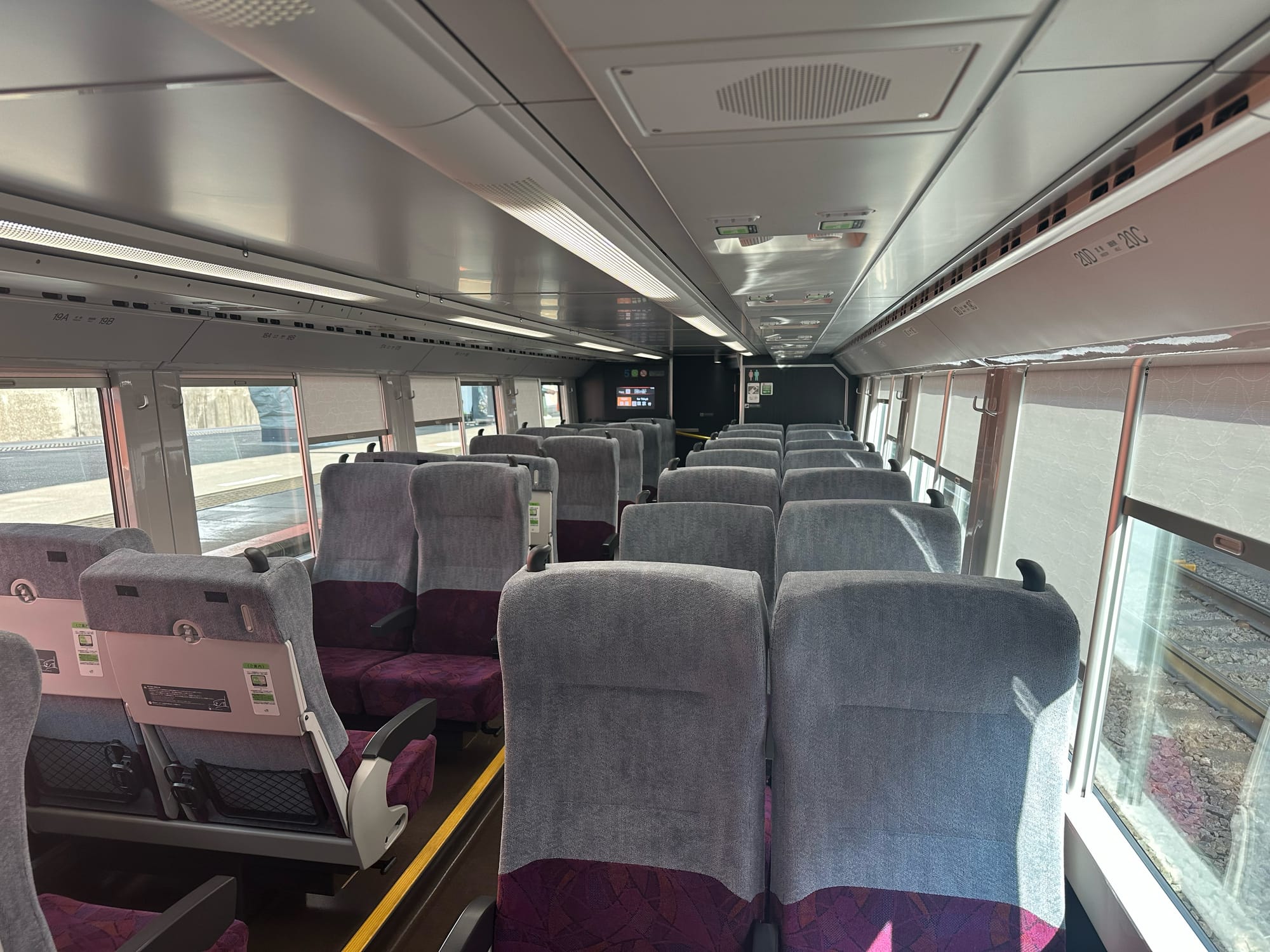
Who I think this might equally benefit, though, is tourists, as it opens up a whole new side of the capital to visitors. Hotels in the city center can get pricey owing to the ongoing love everyone has with coming to Japan. Why not stay a bit further out, then, to save some yen and perhaps get slightly more quiet? The Chuo Line Green Car still makes it easy to access the most popular parts of Tokyo without having to put up with the drawbacks of the line.
Personally, I’ll probably shell out for it whenever I need to head out west beyond Mitaka. I’ve spent more than a decade dealing with the Chuo Line…a couple yen extra to enjoy some actual peace on it is well worth it.

